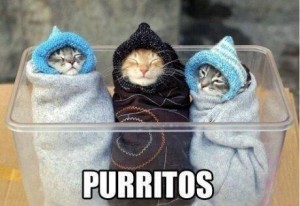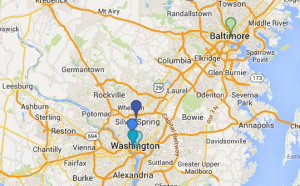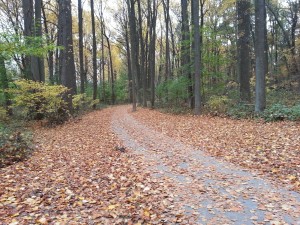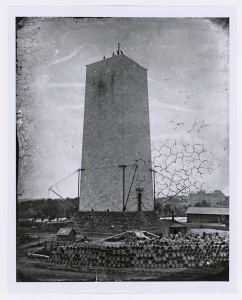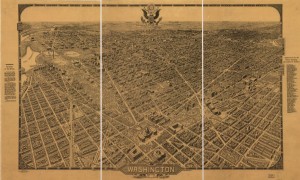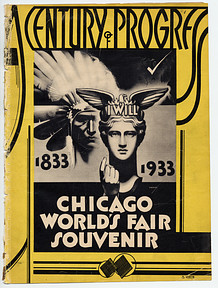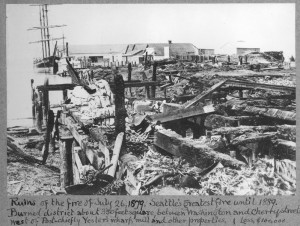Purritos and Shaving Cream
So, it had become apparent that Facebook is even more skillful at knowing my life and my interests than my friends, my boyfriend, or even myself. In the wake of controversy following the popular social networking site’s apparent ability to determine that a teen girl was pregnant before anyone else based solely on her google searches, a wide array of attention, both positive and negative, has been brought to the fact that websites actually know what you search and browse through on the internet, and use it to advertise products catered solely to your interests.
In honesty, it’s a little bit creepy, and I’m quickly realizing that my online activities really aren’t that secure. Just the other day, I was browsing Harry’s for a birthday gift for my boyfriend, an avid beard enthusiast who takes the upmost care of his facial hair, and soon enough, all of my social media profiles were flooded with ads promoting beard trimmers, razors, and shaving creme. How can they get this information from me so quickly? If they can see it, who else can? My online presence must certainly be generating a lot of interesting information, as my most frequently viewed content includes cat pictures, TV trivia, and buzzfeed quizzes, but what is that really telling them about me? That if they advertise a picture of a Purrito that I’ll go buy one? (Hint Hint: I will).
Buying habits aside, I find it creepy that the internet knows so much about my love for cats and my needless addiction to purchasing Jellcat stuffed animals. If they want to use my search history to trick me into spending my savings on needless products, then maybe I need to change my security settings (or maybe I need a better job, those Purritos are adorable).
Project Progress
As far as my project goes, I’ve found a lot of interesting items that I’m excited to analyze and share! One, in particular, is proving to be both insanely helpful and immensely overwhelming: Documents Relative to the Origin and History of the Smithsonian Institution.
This resource is hundreds of pages long, and covers all aspects of the Smithsonian and all of its establishments, which provides a lot of great information in a vastly overwhelming package. Just finding the sections that pertain to my topic has been more than slightly difficult, and actually reading and making sense of them is another whole ordeal. That being said, I have been able to draw a lot from in it, and its given me some great information about the initial goals and plans for the zoo, which I can compare to the way the zoo exists in the present day.

